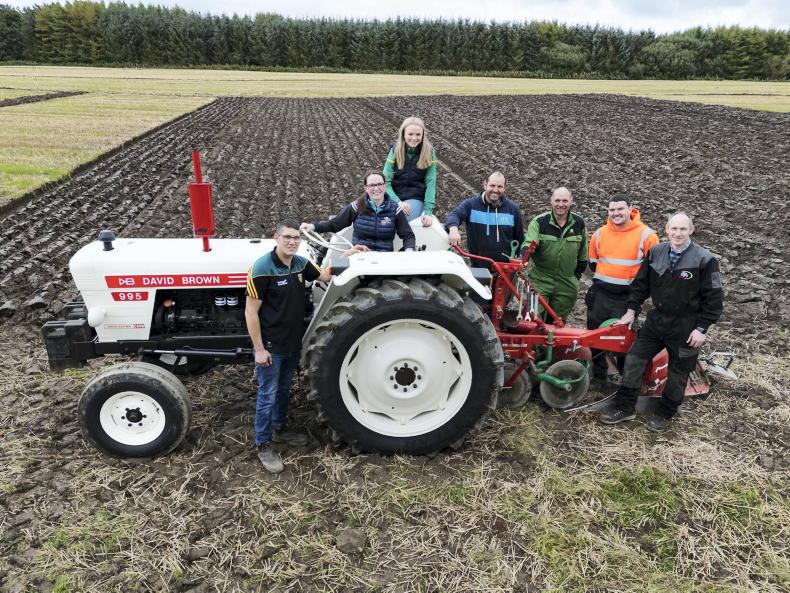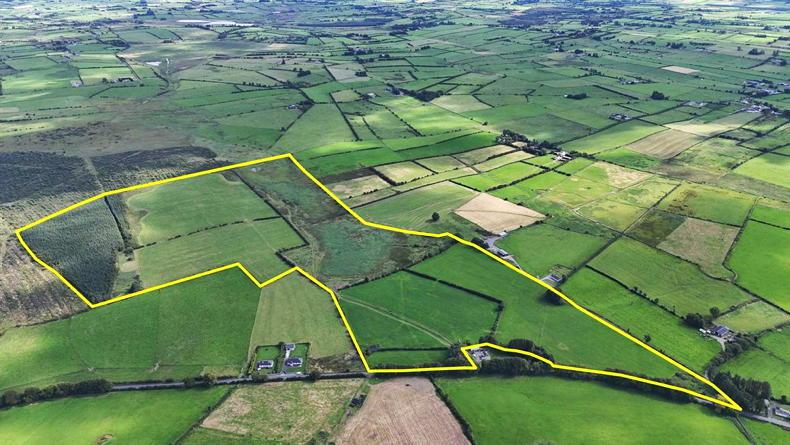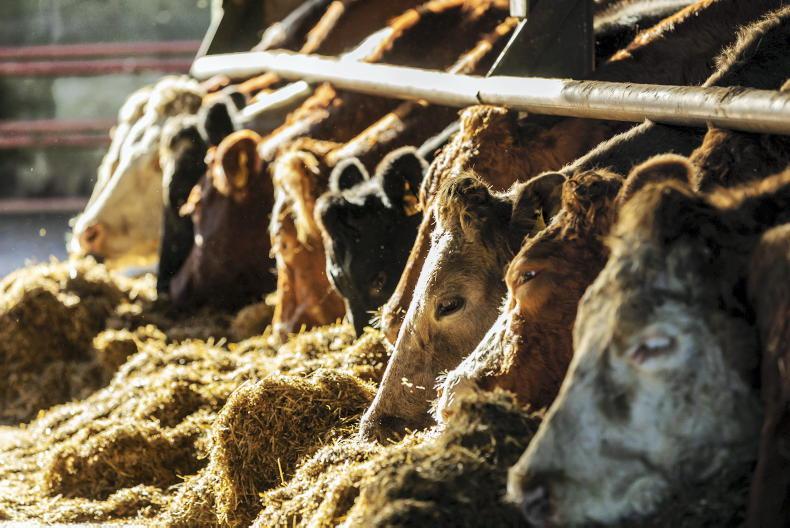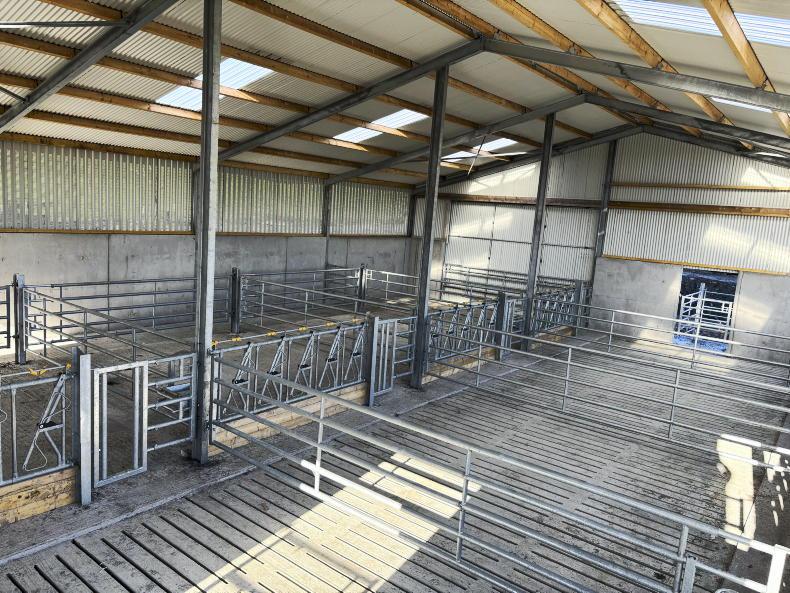September may only be getting under way, but give thought to getting cattle sheds ready for the winter housing period.
While some farmers will be able to keep cattle at grass until late October, there are farmers beginning to house cattle to ease the pressure on paddocks affected by drought.
When it comes to preparing cattle sheds for winter, outlined are a few jobs to consider.
Power washing sheds
If cattle sheds have not been cleaned out yet, then make this a task to carry out now. Power hosing can be a boring, mind-numbing job. But doing a couple of hours every day will soon add up, leaving sheds clean and ready for housing.
Make sure to wash sidewalls and side sheeting as well. Clean off cobwebs from side sheets and roofs where it is safe to do so.
Slurry
With sheds washed, the water collected in storage tanks will make it easier to mix slurry. While the closed period for slurry begins in mid-October, ground conditions are good and will carry a tanker.
Consider getting a few loads of watery slurry out on grassland after cattle graze out paddocks in September.
On farms with no drought issues, grazing rotations are likely to be increasing towards 25 and 30 days at this point of the year.
This gives time to spread a few loads of watery slurry between grazings, taking the pressure off emptying storage tanks before the closed period.
Work lights
Replace, or install, a few extra lights inside the cattle shed to make feeding and monitoring livestock easy during winter. Opt for LED lights to lower running costs and increase visibility.
Don’t forget about outside the shed. Is there a need for a couple of external lights to make it safer for operating machinery at night, especially around the silage pit?
Fix feed gates and water troughs
Fix and re-hang feed gates and dividing gates, making it easier to get cattle in and out of pens. Alter the spacings on feed gates as necessary to suit weanlings, stores and cows.
Do not forget about the bull. I have been in numerous sheds where the spacings are too narrow to let the bull put his head through to access being fed ad-lib.
Paint the areas of the feed gate and rails that are in contact with silage to prevent corrosion.
Airflow
Think back to previous years. Do cattle have problems with respiratory diseases in some sheds more than others?
Airflow is crucial, so check the sheds for ventilation. Either do a smoke bomb test or fill a bag with straw, place it on the areas where cattle stand in the shed and set it on fire.
Extinguish the fire with a bucket of water and monitor the smoke as it rises. If the smoke is swirling and accumulating above the cattle pens, then ventilation is poor. Can the roof ridge be opened or side sheets be altered to improve airflow?
Read more
Beef Trends: kill up with prices steady
Beef Management: dry weather, weaning and BDGP targets
September may only be getting under way, but give thought to getting cattle sheds ready for the winter housing period.
While some farmers will be able to keep cattle at grass until late October, there are farmers beginning to house cattle to ease the pressure on paddocks affected by drought.
When it comes to preparing cattle sheds for winter, outlined are a few jobs to consider.
Power washing sheds
If cattle sheds have not been cleaned out yet, then make this a task to carry out now. Power hosing can be a boring, mind-numbing job. But doing a couple of hours every day will soon add up, leaving sheds clean and ready for housing.
Make sure to wash sidewalls and side sheeting as well. Clean off cobwebs from side sheets and roofs where it is safe to do so.
Slurry
With sheds washed, the water collected in storage tanks will make it easier to mix slurry. While the closed period for slurry begins in mid-October, ground conditions are good and will carry a tanker.
Consider getting a few loads of watery slurry out on grassland after cattle graze out paddocks in September.
On farms with no drought issues, grazing rotations are likely to be increasing towards 25 and 30 days at this point of the year.
This gives time to spread a few loads of watery slurry between grazings, taking the pressure off emptying storage tanks before the closed period.
Work lights
Replace, or install, a few extra lights inside the cattle shed to make feeding and monitoring livestock easy during winter. Opt for LED lights to lower running costs and increase visibility.
Don’t forget about outside the shed. Is there a need for a couple of external lights to make it safer for operating machinery at night, especially around the silage pit?
Fix feed gates and water troughs
Fix and re-hang feed gates and dividing gates, making it easier to get cattle in and out of pens. Alter the spacings on feed gates as necessary to suit weanlings, stores and cows.
Do not forget about the bull. I have been in numerous sheds where the spacings are too narrow to let the bull put his head through to access being fed ad-lib.
Paint the areas of the feed gate and rails that are in contact with silage to prevent corrosion.
Airflow
Think back to previous years. Do cattle have problems with respiratory diseases in some sheds more than others?
Airflow is crucial, so check the sheds for ventilation. Either do a smoke bomb test or fill a bag with straw, place it on the areas where cattle stand in the shed and set it on fire.
Extinguish the fire with a bucket of water and monitor the smoke as it rises. If the smoke is swirling and accumulating above the cattle pens, then ventilation is poor. Can the roof ridge be opened or side sheets be altered to improve airflow?
Read more
Beef Trends: kill up with prices steady
Beef Management: dry weather, weaning and BDGP targets










SHARING OPTIONS